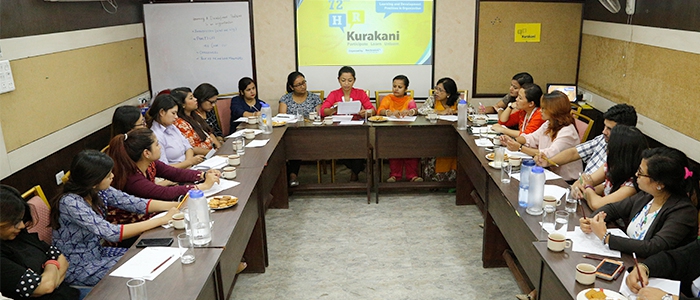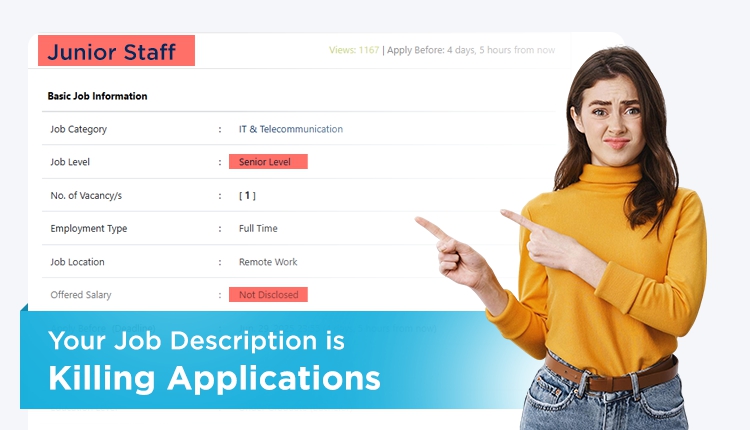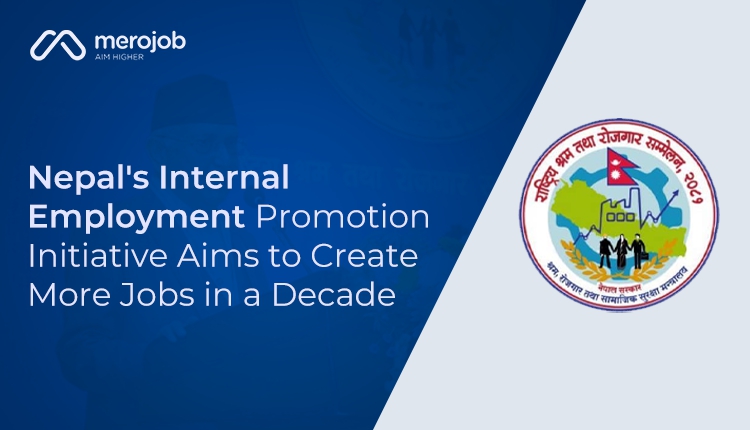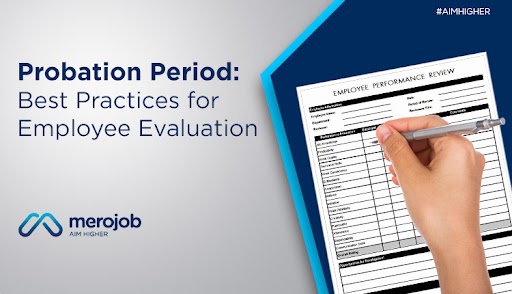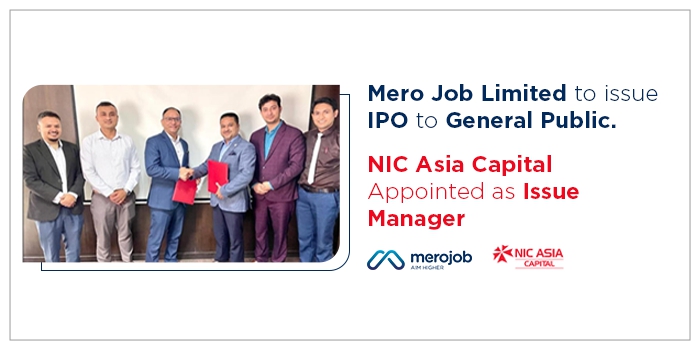HR Kurakani, an open platform organized since past 8 years by Real Solutions successfully completed its 72nd editions focused on the topic “Learning and Development Practices in Organization” on September 26, 2018.
Ms. Nibha Shakya, HR Manager at Real Solutions moderated the interactive session among participating HR professionals from diverse organization that entirely discussed an indispensable function of HR.
Learning and development, better known as “L&D”, is an important business function in an ever changing and fast paced corporate world to improve both individual and organisational performance, by developing the capabilities of the employees.
Training allows employees to acquire new skills, sharpen existing ones, perform better and increase productivity. Since an organization is the sum total of what employees achieve individually, learning and development is a long term investment said practitioners at Kurakani. However they agreed that learning and development unless implemented is useless.
Practices in Organization
- Need assessment: In the Kurakani professionals shared variety of methods they do to research training needs. Many organization extract training need regardless of the budget from the appraisal form or recommendation from line manager.
- Structure training calendar: There were also few organization who agreed that they prepare an annual
calendar of training well ahead of time at the end of fiscal years by detecting
potential skill gaps and reinforcing organisational values.
Secondly, participating HR shared that training need recommendation from line managers plays a vital role which should align with employee’s job role. Hence it is crucial that whoever does the analysis should be knowledgeable and non-judgemental.
Alternatively comparing skills required for a job to employees actual skills level help HR to identify the skill gaps and training required by each individual. While embarking a training program, there are a series of consideration to made by HR managers without any biasness such as:
- Learning Objective: The learning objective to be measured at the end of the training should
be pre-defined.
- Learning Style: Understanding
learning styles of nominees for training is an important component to any
training program.
- Delivery Style/mode: This must take into account and align with employee’s individual
learning styles.
- Budget: While allocating budget; along with the cost of material, cost of time should also be
considered.
- Nominees for the training: Training must be relevant to individual job responsibilities. It was
agreed upon that, even professionals and top management needs to be trained.
- Content: The
sequence of information and what is to be taught has to be considered.
- Timeline: The
time frame of the training must be defined.
- Deciding on who is trainer: HR manager should be competent enough to decide on who is the trainer. An
expert in-house can also be the trainer minimizing the cost to HR. Organization
also practice to train employees who have worked for longer period in an
organization as a trainer. Another alternative is to outsource the resource
person.
- Measuring effectiveness of training: In
the discussion HR shared that there must monitoring or quality unit who can
monitor learning and development of employees on the basis of pre-set parameter.
There is no mechanism that is data driven to track the learning and
development. However, HR can put an effort to track performance of individuals
aligning it with incentive and reward to encourage employees to perform at
their peak.
In the discussions, it was agreed upon that training approach should be learner centric. Furthermore they added, it is still one of the lowest things on the priority list of most companies and it’s sometime almost impossible to convince top management for the same. Speaking of the future, L&D is, as most fields in our modern world, evolving and so is the interest of top management. Training and development of employees are looked upon as need of an organization that returns on investment. Learning and development not only helps workforce to face the current challenges but also a way of preparing employees for future challenges they might face.
Sharing experience in the discussion, “While the resource person is an in-house trainer, nominees usually does not show interest. More than a learning platform employees take it as excuses to skip work” said a practitioner. Adding up in the Kurakani, cases where employees take all the possible training and quit the organization were also discussed. To minimize the risk of which participant agreed that training bond agreement can somehow do justice to both employee and employers.
Training and development are more competitive, agile, and engaged when knowledge is constantly and freely shared among the interest group according to the participated professionals. “Training outcome cannot always be monetized and when connected with reward and recognition can create a vibrant working environment.” they added.
